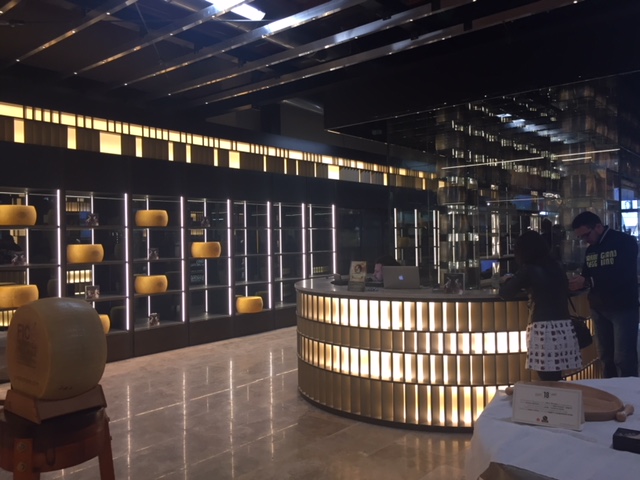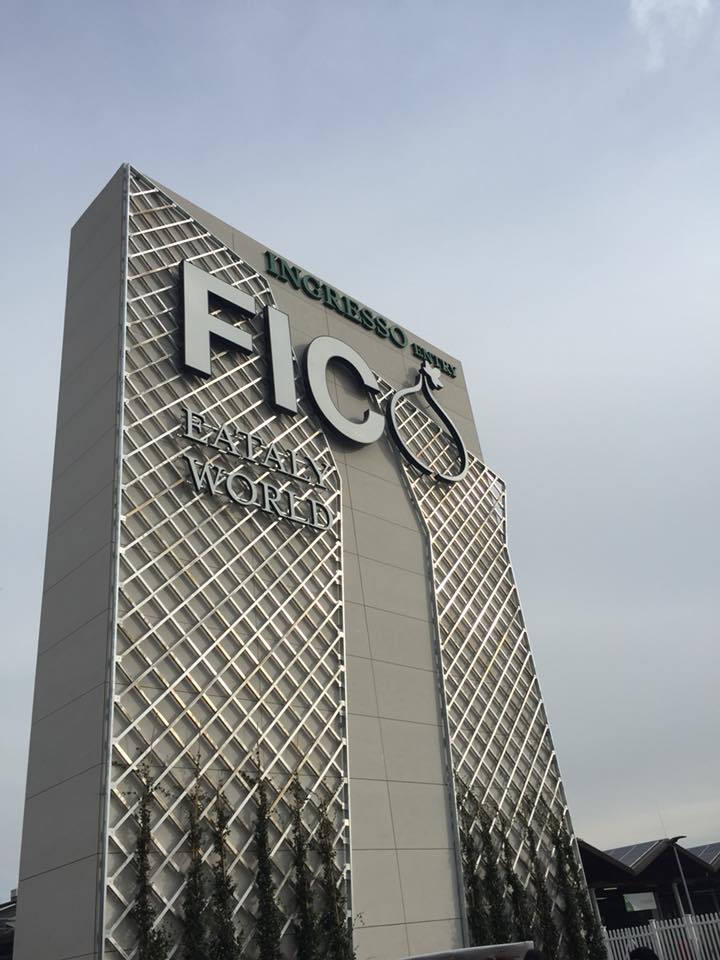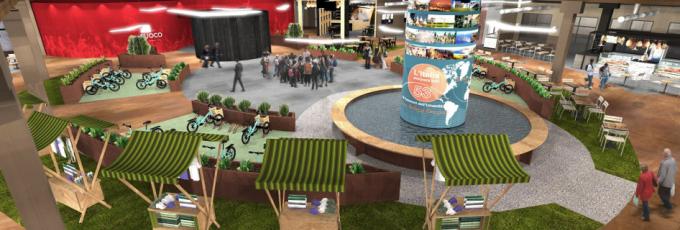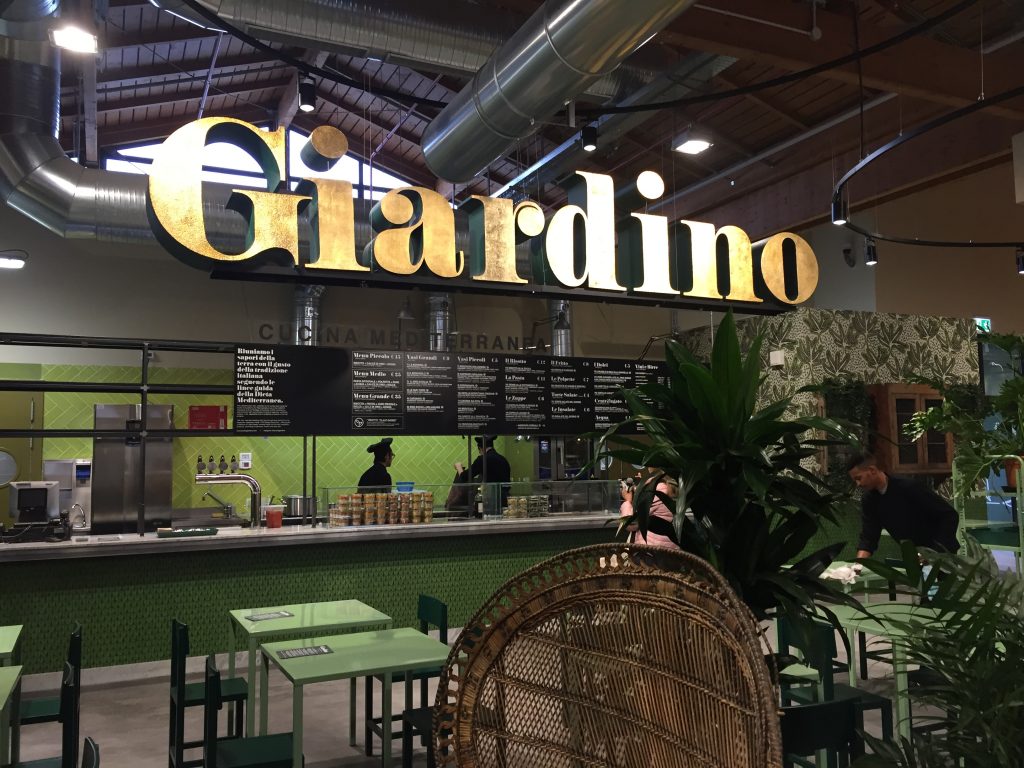 Discovering Bologna’s Agro-Food Park with Gabriele Orsi
Discovering Bologna’s Agro-Food Park with Gabriele Orsi
Is it as “cool” as the name would suggest? Fico, in Italian, is slang for “cool.” Instead, the Fabbrica Italiana Contadina, otherwise known as FICO Eataly World, is the great Italian agri-food park created by Eataly chain founder Oscar Farinetti, and financed in part by €100 million from the Italian consumer cooperative Coop Alleanza 3.0.
FICO isn’t bad, but it’s not great, either. It’s also probably not the savior of the Bologna economy that it was expected to be. Instead, it’s more like a giant cover for some of Italy’s largest chains.
I’ll admit, I expected worse. The facility itself is beautiful, even if maze-like. The interior is well designed without being overdone, and the food and beverages on offer are no different than what you could find in your corner grocery store, albeit with a substantial markup.

The six multimedia pavilions are futuristic and rich with useful information on the relationship between man and earth, fire, water, food, wine and the future (of food, hopefully). And the giant piano-forte that doubles as a cook-top is the real must-have.


There are also some high points, which I would divide into two categories: First you have the “starred” restaurateurs Enrico Bartolini, Gian Paolo Raschi and Gaetano and Pasquale Torrente. It remains to be seen whether these beautiful restaurants will make it, or if they are just there for show.
Another is the presence of established local eon-gastronomy superstars like the Forno Calzolari di Monghidoro, Macelleria Zivieri di Monzuno and the Trattoria Amerigo di Savigno (even if they’re mostly just dressing pasta in this case).
If you look around, you’ll understand that the conference center—capable of accommodating up to 1,000 people—reveals the real business aim here. Look again and you’ll find businesses that aren’t at all related to food, such as the bookstore librerie.coop, the spa Mare Termale Bolognese, Fantini Club with its beach volleyball/ tennis court and the Bianchi bike store.
And then you understand that it’s all just a fun supermarket.
And, I say this with sincere regret, you discover that it suffers from some of the criticisms that undermine its chances to succeed. The logistics for getting there are not an advantage (we say that FICO is outside the city but it’s actually north of the city). A bus from the central train station will take you there for €7/ride. However, come the first big trade show (Bologna is home to several large international conferences), and visitors will be stuck in traffic alongside everyone else.
A dedicated highway or train line would be ideal, but neither of these options are available. And even if the expected number of visitors—6 million/year—is initially unrealistic (it’s not the Eiffel Tower after all), it will be even less so in light of these logistical deficiencies.
The second sore spot is that FICO is not a place for locals. Its target audience is foreign tourists and school children who will appreciate both the animals and the giant Italy-shaped mini-golf course. If these audiences don’t meet the expected projections, in two years’ time FICO risks becoming a cathedral in the desert or an asset to be sold to someone else, like the CAAB before it.
FICO is a sort of commonplace, with a few exceptions. It’s neither ugly nor beautiful, good nor bad.
FICO officially opened on Nov. 15. My thoughts on FICO and apart from viewing the livestock, the price tag for everything else is a bit high, from the food and drink, to entrance to the multimedia carousels, or anything else you may have in mind.
